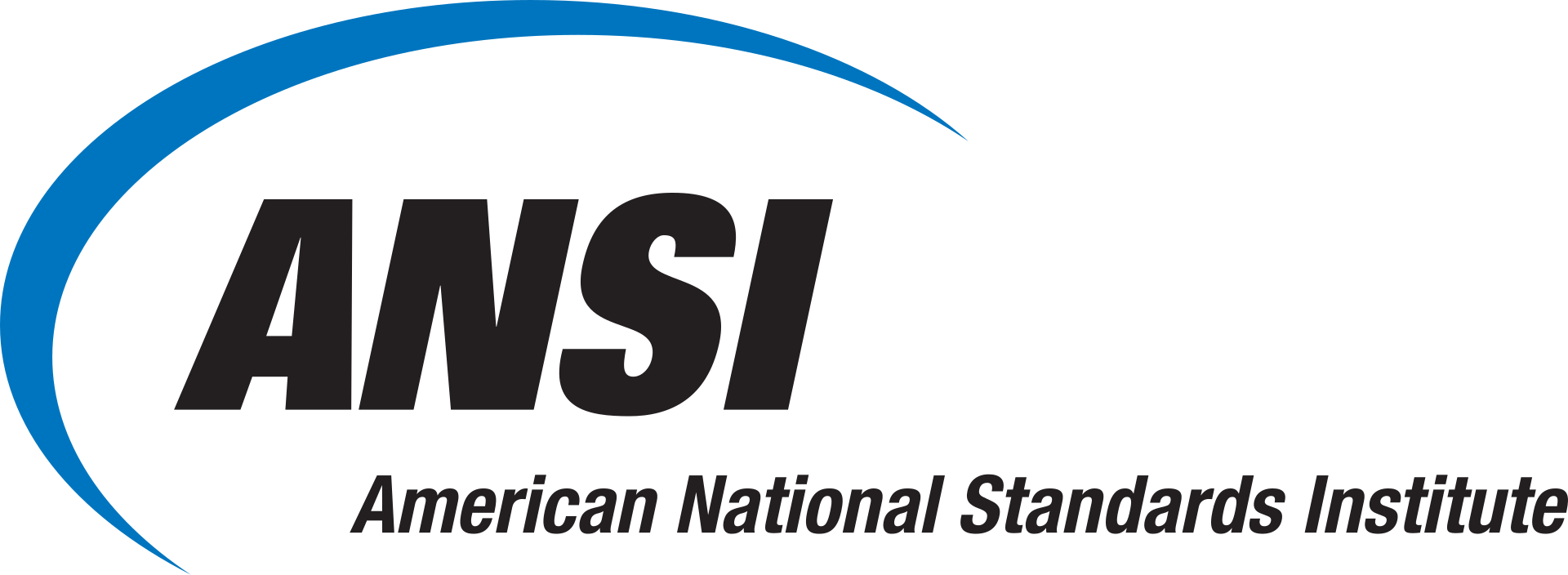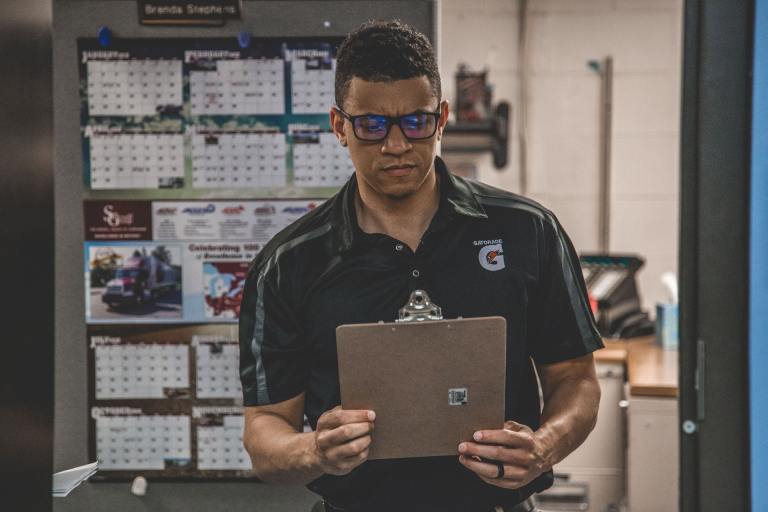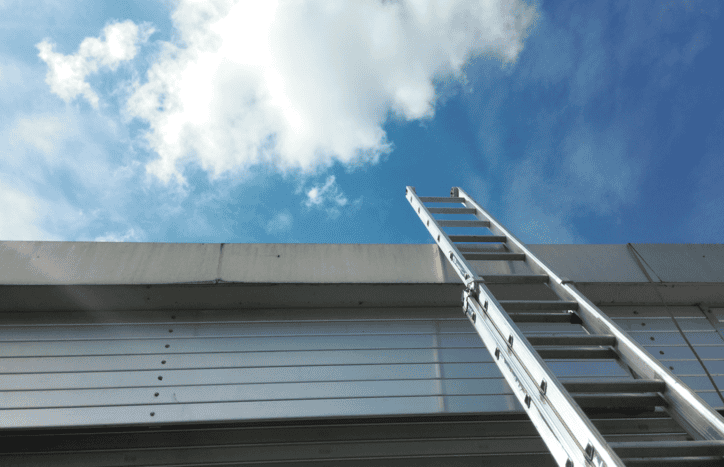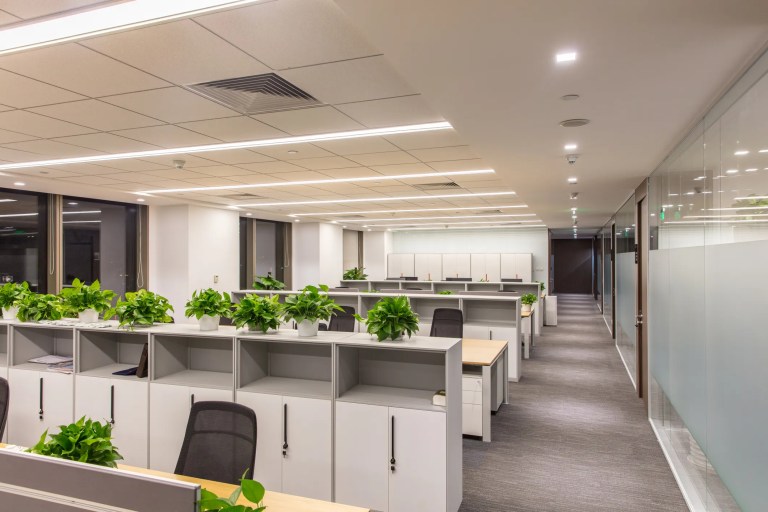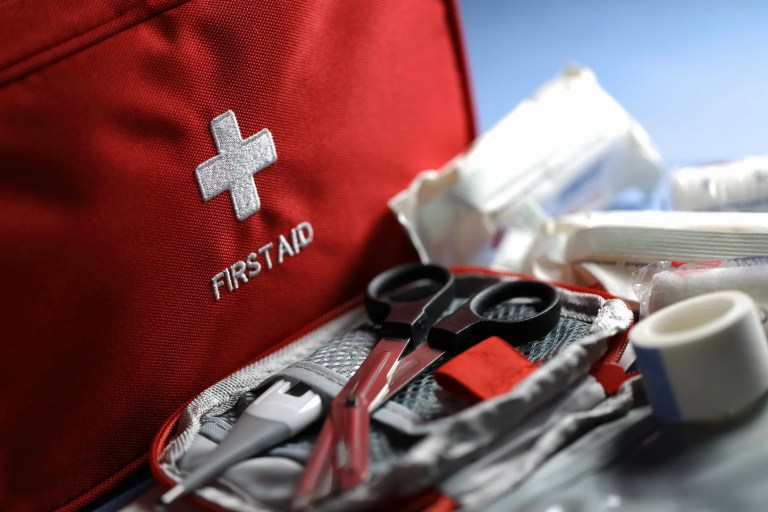ANSI E1.2-2021: Aluminum Trusses and Towers
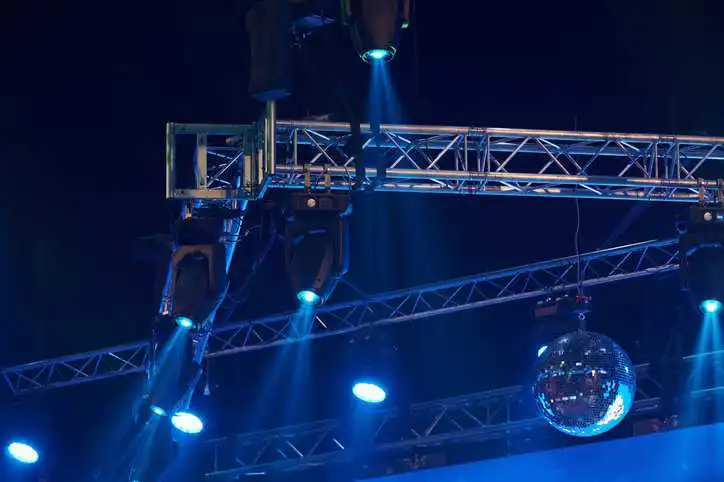
Truss systems are imperative for enhancing audio, video, lighting, motion capturing, staging, and other creative components. ANSI E1.2-2021: Entertainment Technology – Design, Manufacture and Use of Aluminum Trusses and Towers covers specifications for aluminum trusses, towers, and associated aluminum structural components.
Why Are Trusses Used in Towers?
A truss is essentially a triangulated system of straight interconnected structural elements that helps distribute the weight of the roof more evenly to the outer walls. Using trusses is critical for a roof to be properly supported. The most common use of trusses is in buildings, where they provide support and stability to roofs, the floors, and internal loading.
When Are Trusses Used in Entertainment Buildings?
Trusses are used in entertainment buildings for a variety of purposes, including:
- Structural support: Trusses can support the weight of a building’s roof and ceiling, and are often custom-engineered for specific facilities.
- Lighting and staging: Lighting trusses are aluminum frameworks that allow lighting designers to hang lighting, audio, video, and other equipment.
- Display systems: Modular truss systems can be used to create temporary structures for outdoor events, such as entryways and displays.
Incorporating trusses for sound projection, lighting, stage, and theater rigging efforts provides for greater flexibility—particularly around the main stage area—when planning your entertainment event: concert, theatrical shows, trade shows, large convention, wedding, festival, etc.
What Is ANSI E1.2?
ANSI E1.2-2021 describes the design, manufacture, and use of aluminum trusses, towers, and associated aluminum structural components, such as head blocks, sleeve blocks, bases, and corner blocks, used in the entertainment industry in portable structures.
ANSI E1.2-2021 does not cover aerospace alloys, the detail design of castings, curved shell structures, or structures subjected to severe thermal or chemical conditions. This American National Standard is not intended to be used for the design of containment vessels, airborne structures, or vessels or for any application where a specific standard exists.
Types of Trusses in Entertainment Buildings
Here are some different types of trusses used in entertainment buildings:
- Box trusses: Made of three or more chords connected by structural elements, box trusses are designed for a variety of entertainment applications.
- Conical trusses: These trusses are easy to assemble and provide comfortable handling.
- Spigoted trusses: Made of thick, rigid aluminum tubes, these trusses are good for handling heavy loads.
- Pre-rig trusses: These rectangular trusses are good for supporting heavy loads across long spans.
- Plated trusses: These trusses are good for supporting multiple lighting applications and flying P.A. systems.
- Touring trusses: These trusses are designed to carry light fixtures and multiple pieces of equipment without adding much weight.
What Is a Truss Tower?
A truss tower is a freestanding vertical framework that uses a truss structure to support overhead rigging and trusses. Examples truss towers include:
- Transmission towers: Carry high-voltage electric power lines
- Radio masts and towers: Support aerials or act as self-radiating towers
- Observation towers: Provide viewing platforms
- Architectural towers: Part of a building’s architecture
- Antenna towers: Support antennas
- Chimney towers: Support chimneys
- Light towers: Support lights
- Water towers: Support water
ANSI E1.2-2021: Entertainment Technology – Design, Manufacture and Use of Aluminum Trusses and Towers is available on the ANSI Webstore.
